
The last 3 articles on food and the ecological footprint lead us to this one! There are different methods of above-ground production (example: greenhouse and hydroponics), organic or not, and integrated, which have different impacts on the environment. This is what we will discuss in this article on reducing our ecological footprint on our plate.
What are the types of food production?
The dominant model of agriculture has been defined by public policies, farmers' practices and consumer behaviors. It is based on:
- The production of large quantities of cereals (wheat, barley and corn), milk and meat;
- The use of fertilizers and insecticides;
- The use of phytosanitary products (pesticides, fertilizers);
- Concentration of farms.
We are generally talking here about monocultures and these have a grandiose impact on the environment: deforestation, overexploitation of arable land, use of chemicals...
However, there are other types of food production that are much more environmentally friendly.
What is integrated agriculture?
Integrated agriculture is based on a dual approach: the use of agroecology techniques and the implementation of an integrated soil management approach.
Agroecology is a science which is interested in the relationships between living beings (plants, animals) and natural ecosystems (aquatic environment, air environment and soil) in order to evaluate the impacts that human activities can have on these ecosystems.
In agriculture, agroecology allows us to better understand and better control ecosystems (natural parks, meadows, forests, etc.) to promote biodiversity and the resistance of ecosystems to external disturbances.
Agroecology therefore aims to reduce the use of chemicals and improve soil quality.
The implementation of an integrated soil management (GIS) approach therefore aims to reduce the use of chemical inputs, to promote natural soil fertilization processes (organic fertilization, mineral fertilization, etc.) and to reduce pollution. water by phytosanitary products. It also aims to improve the quality of the soil.
What is organic farming?
Organic farming is agriculture based on respect for life. She is interested in the quality of soil, water, plants and animals. Organic farming exploits natural resources while preserving the environment, preserving biodiversity and using non-polluting means of production. Crops and breeding are done without pesticides, synthetic fertilizers, growth hormones or other chemical substances.
The production and consumption of organic food has other advantages: reducing our exposure to pesticides and GMOs, tastier foods, encouraging agricultural production governed by strict rules regarding energy saving and use of chemicals and synthetics
Organic farming aims for food production in a sustainable manner in order to ensure the best use of our natural resources.

Greenhouse agriculture
Greenhouse farming is a form of agriculture that aims to produce fruits, vegetables and sometimes flowers in a greenhouse. This type of agriculture allows proximity to food but is not without ecological impact.
It is a form of agriculture that prevents insects and birds from leaving their droppings and producing part of our food during the cold period.
It goes without saying that food production in greenhouses requires a large amount of energy.
What is hydroponic farming?
Hydroponic farming involves growing plants under controlled conditions without using fertilizer or soil. Unlike traditional agriculture, plants grown hydroponically have access to a continuous source of water and nutrients, which helps reduce greenhouse gas emissions linked to the use of chemicals. The plants are grown without soil or substrates.

However, there are different methods of above-ground production (hydroponics, aeroponics, aquaponics, etc.) which can be large consumers of energy due to artificial lighting, ventilation or air conditioning required, for example. example. In certain cases, these types of production can therefore emit more GHGs and consume more energy than traditional agriculture.
Ultimately, no practice is perfect, but every little bit counts. And everyone can take a little of what suits them from different eating practices, in order to contribute to saving the planet... one bite at a time!
Ecologically yours,







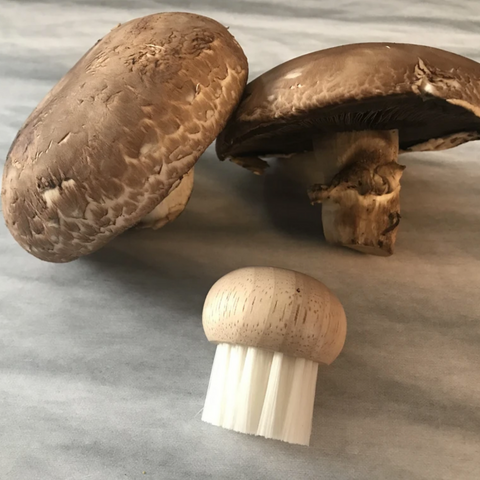
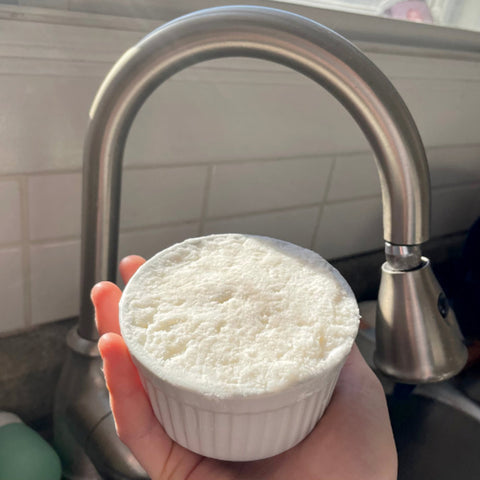




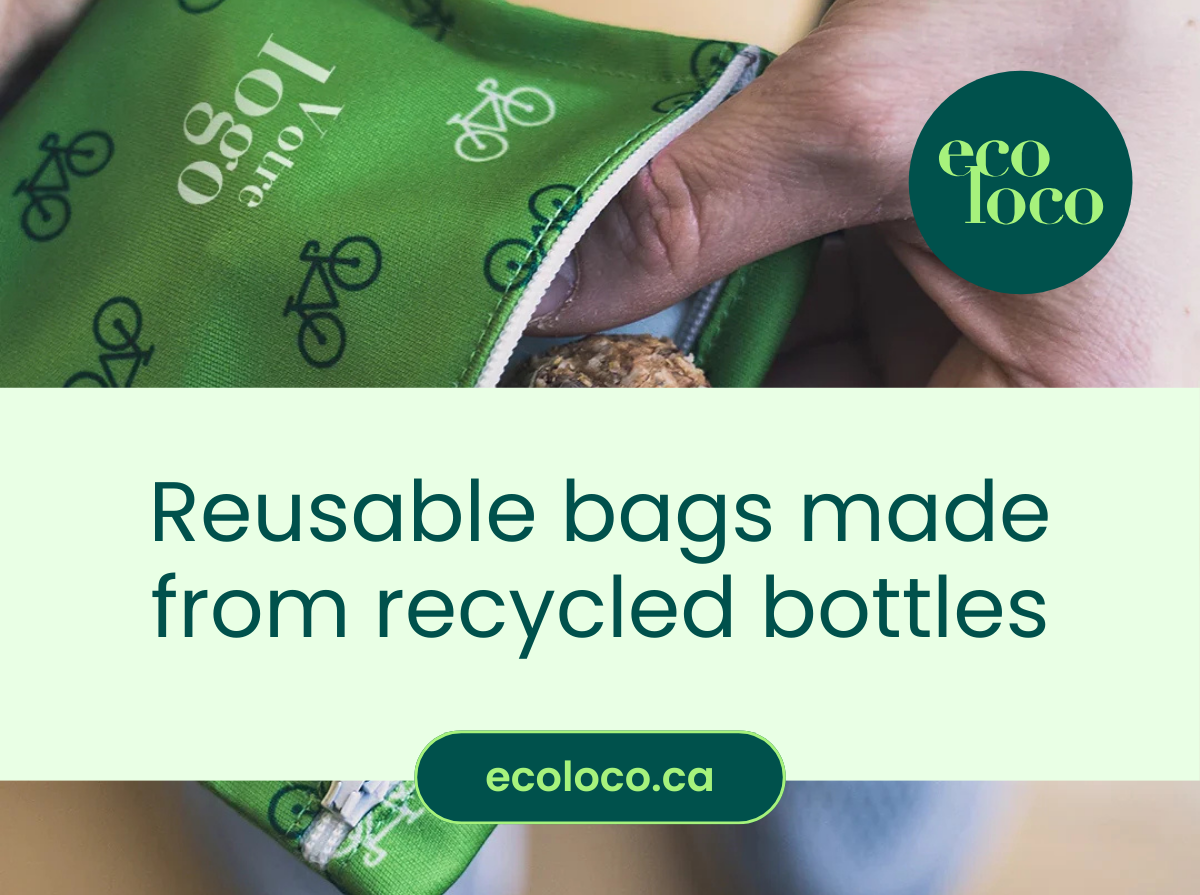
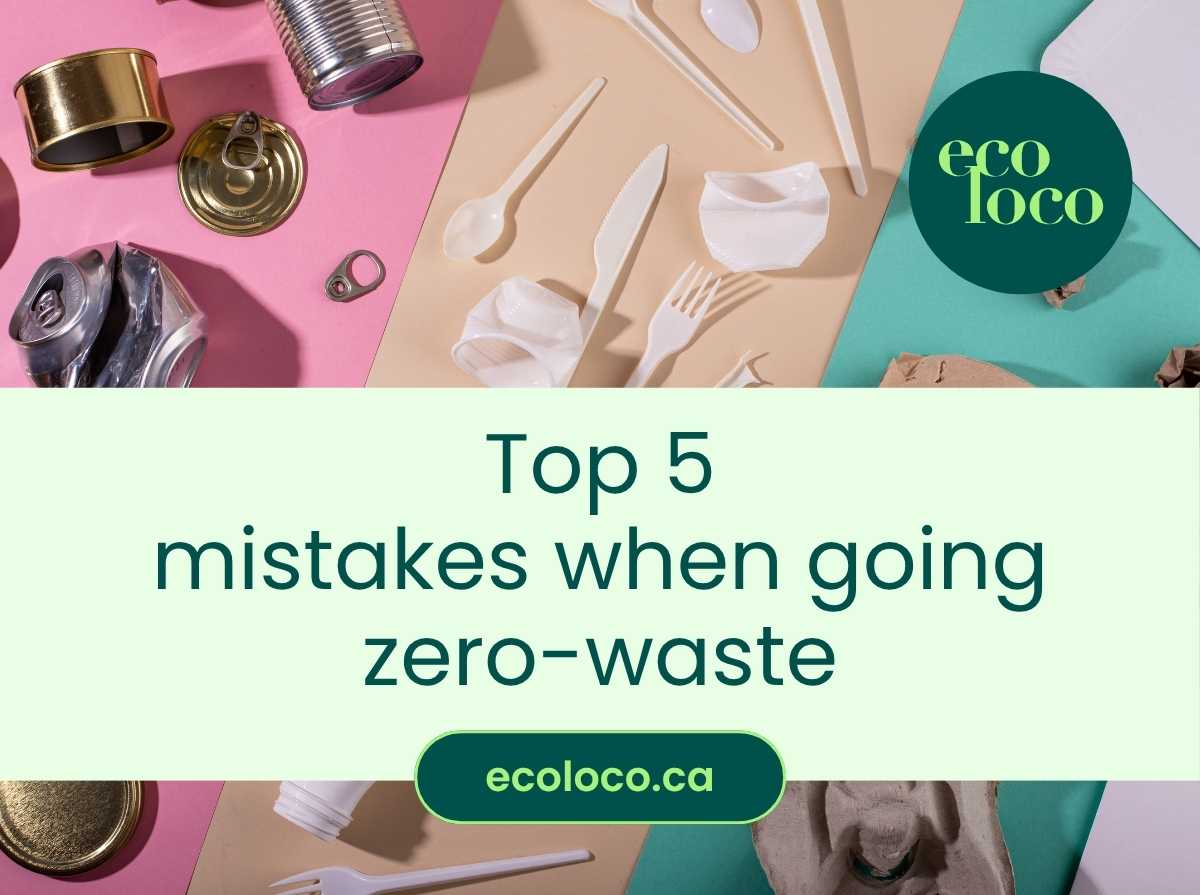
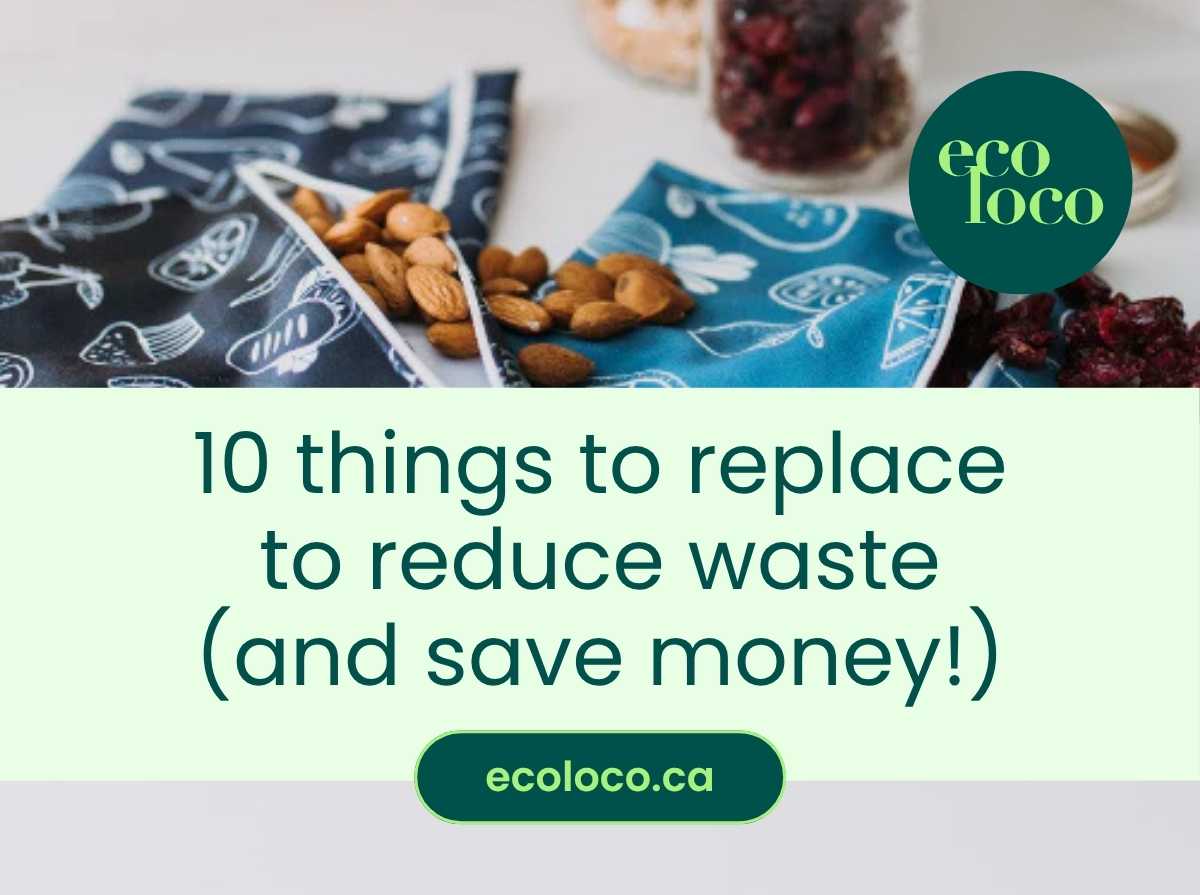


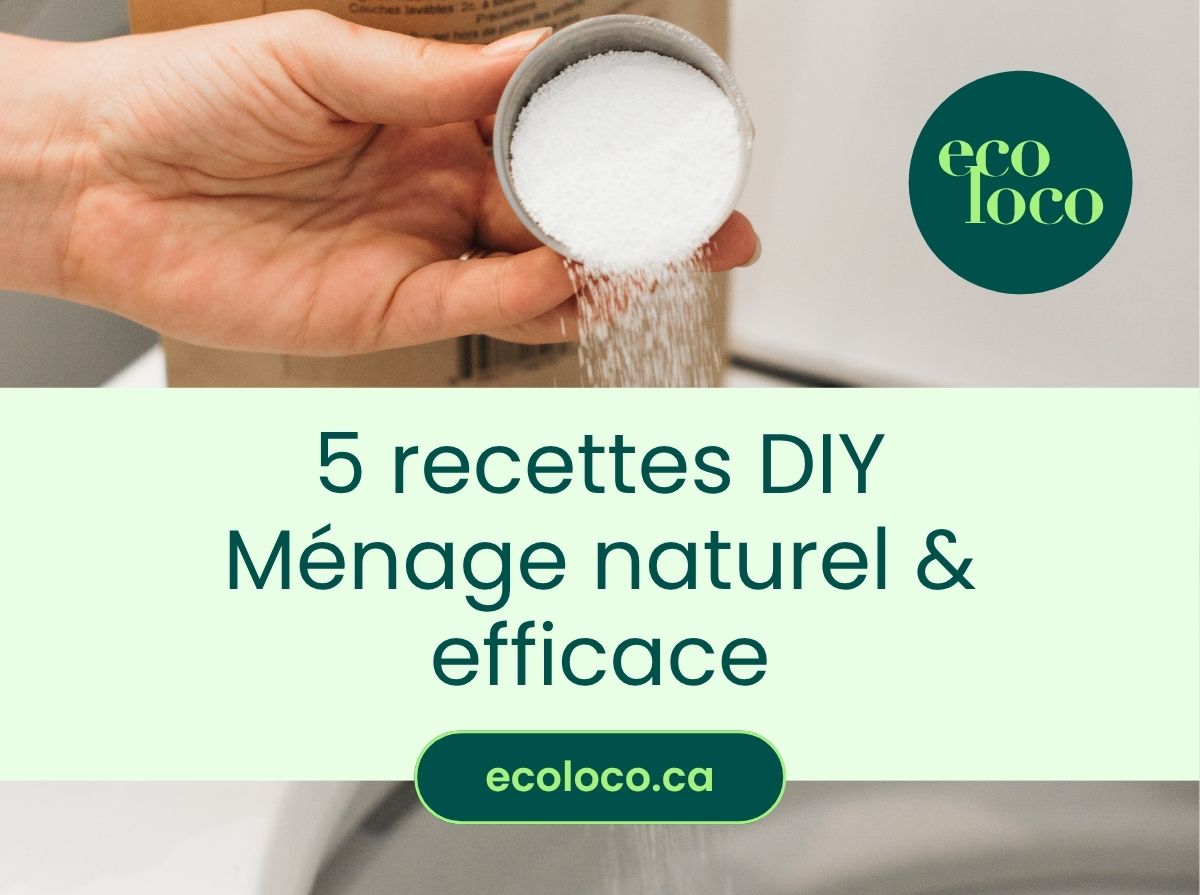

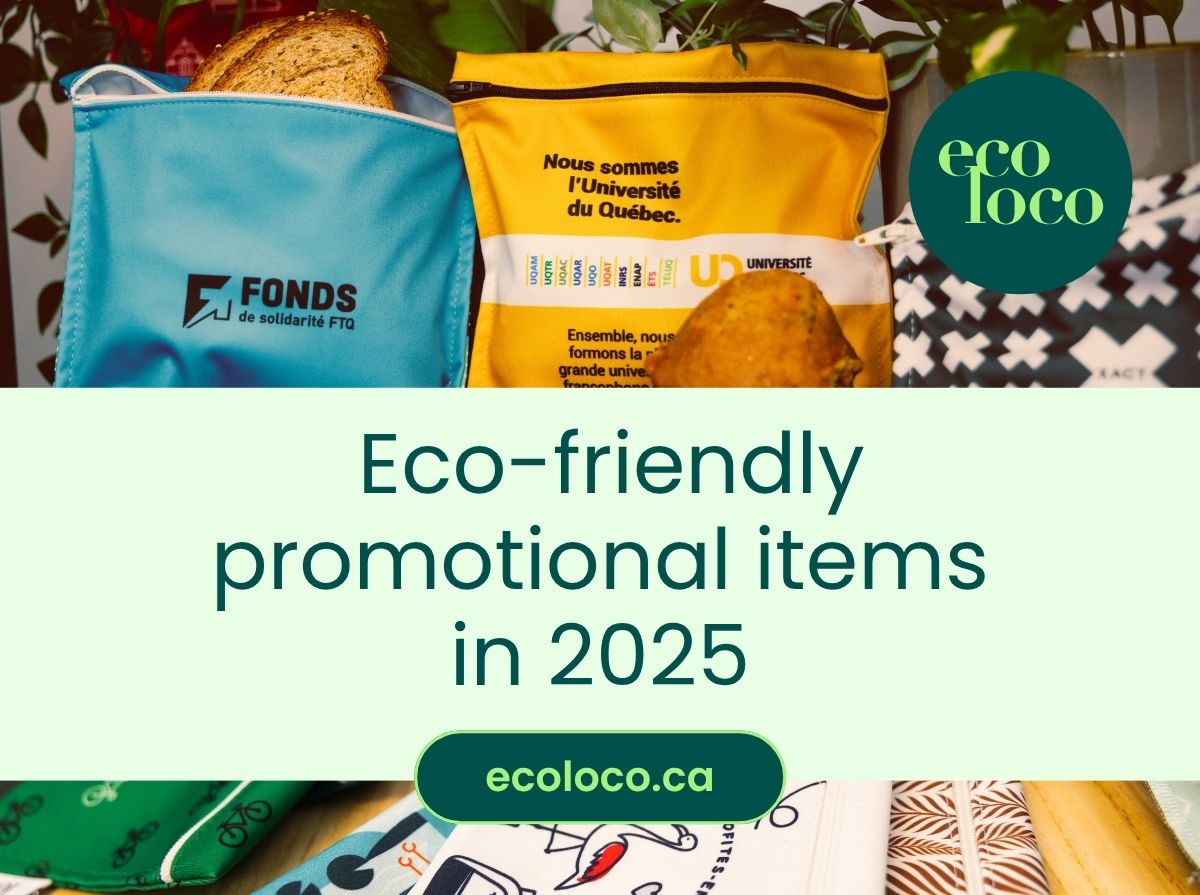

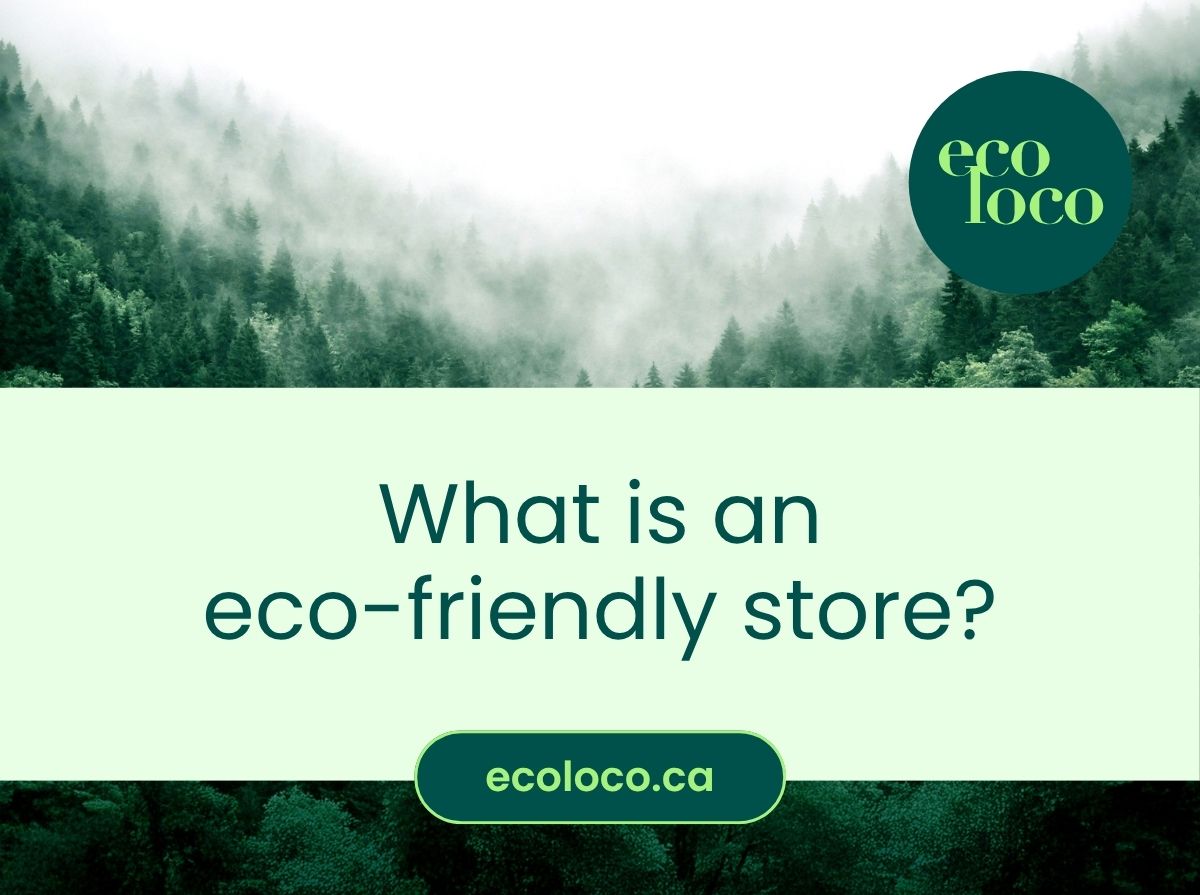
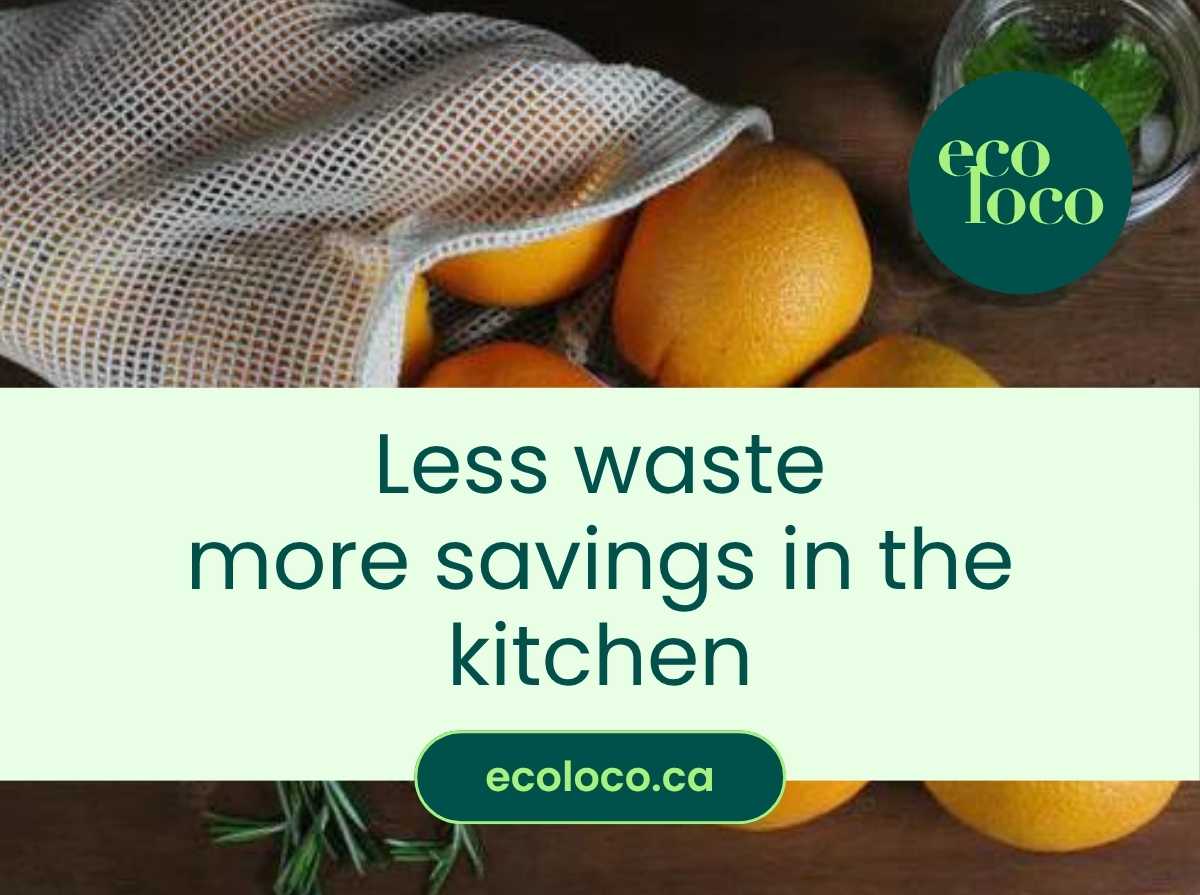
0 comments